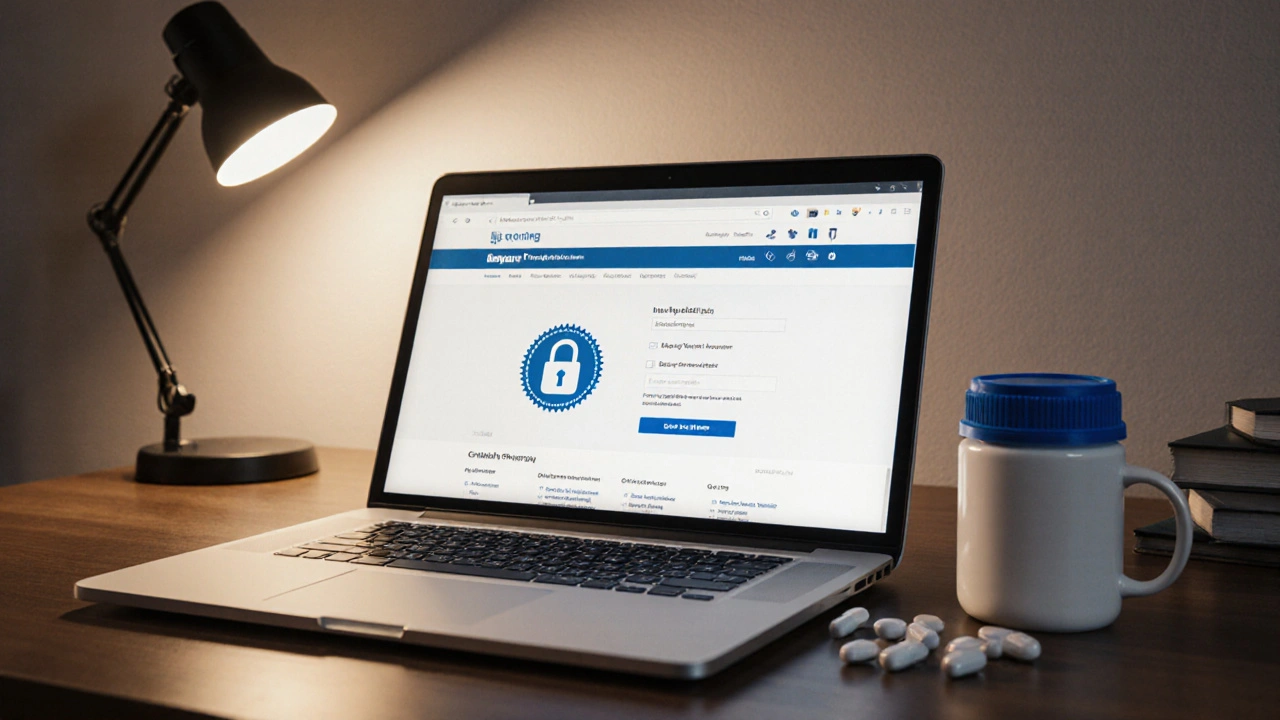
Learn how to safely buy cheap generic Singulair online, verify legit pharmacies, compare prices, and avoid scams while saving on your asthma medication.
When you need montelukast, a leukotriene receptor antagonist used to prevent asthma and allergy symptoms. Also known as singulair, it’s one of the most common daily medications for breathing issues and seasonal allergies. But if you’re paying full price, you’re likely overpaying. The montelukast generic price can be as low as $5 for a 30-day supply in the U.S.—sometimes even less if you shop smart. That’s not a rumor. It’s what real people pay at pharmacies like Walmart, CVS, or through mail-order services that accept GoodRx or SingleCare coupons.
Why the big price gap? Brand-name Singulair still costs $300+ a month because of patent protections and marketing. But the generic version? It’s been around for years. The FDA approved it in 2012, and since then, multiple manufacturers have started making it. That competition drives prices down. You’re not getting a weaker version. You’re getting the exact same active ingredient—montelukast sodium—with the same effectiveness, just without the brand name. It works the same way: blocks leukotrienes, those inflammatory chemicals that tighten airways and trigger nasal congestion. It’s not a rescue inhaler, but if you take it daily, it reduces flare-ups, nighttime coughing, and the need for emergency meds.
People use montelukast for more than just asthma. It’s also prescribed for allergic rhinitis, especially when antihistamines alone don’t cut it. And while it’s not a first-line treatment for every case, doctors often recommend it for kids over 12 months or adults who can’t tolerate steroid nasal sprays. Some even use it off-label for exercise-induced breathing issues. But here’s the thing: price isn’t the only thing that matters. You need to know where to buy it safely. Online pharmacies promise rock-bottom rates, but not all are legit. Some sell fake pills or expired stock. Stick to licensed U.S. pharmacies, or use verified international suppliers with proper certifications. Always check if your insurance covers it—many do, and copays can be lower than cash prices.
What about side effects? Most people tolerate montelukast fine. But some report mood changes, headaches, or stomach upset. Rarely, there are reports of behavioral issues, especially in children. That’s why your doctor should monitor you, especially if you’re new to the drug. Don’t stop taking it suddenly—even if you feel better. Stopping can trigger rebound symptoms. And if you’re switching from brand to generic, don’t expect a difference in how you feel. The chemistry is identical.
Below, you’ll find real-world guides on how to cut costs without risking safety, what alternatives exist if montelukast doesn’t work for you, and how other medications like antihistamine eye drops or steroid inhalers compare when managing allergies and asthma together. You’ll see how people manage their daily routines, track their symptoms, and save money—without guessing.

Learn how to safely buy cheap generic Singulair online, verify legit pharmacies, compare prices, and avoid scams while saving on your asthma medication.